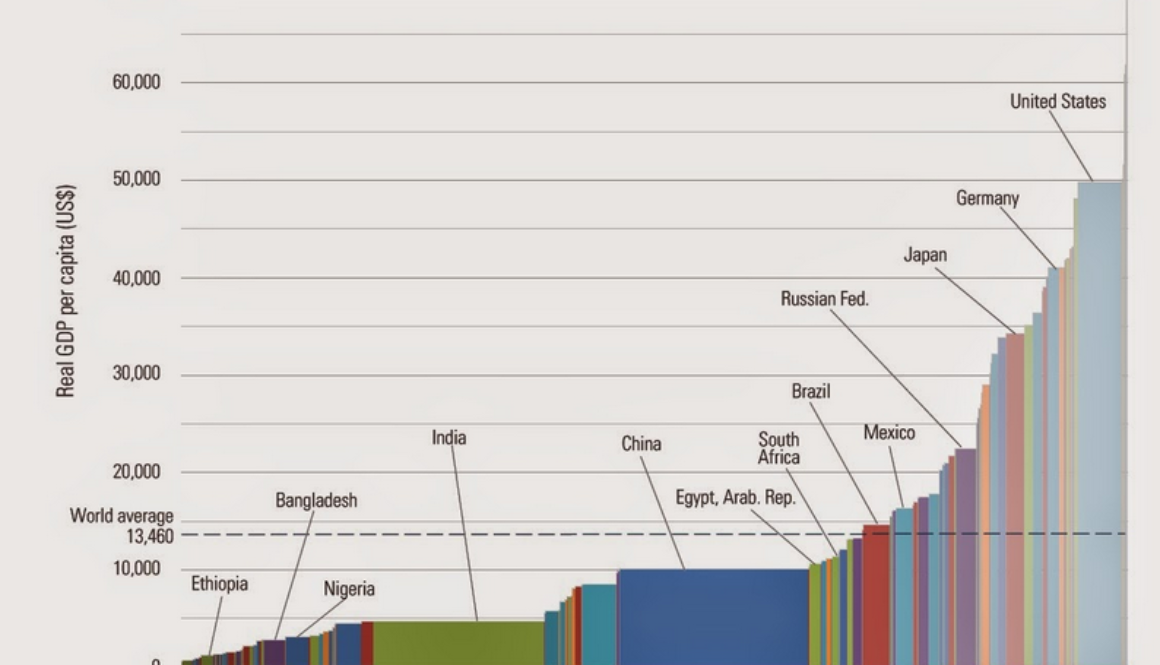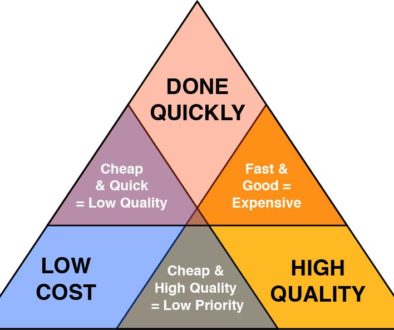Global Strategy

Lynch (2014) states that there are three main business strategies namely; international, multinational and global strategies. International strategy refers to the kind of strategy in which the main focus is the home market but there is, however, the need to address some overseas objectives that benefit the company in one way or the other. Multinational strategy refers to the type of strategy in which the company is involved in more than one country apart from the home country and as such has put in place this strategy to enable it to tackle the variety that exists in the various countries where it carries out its operations; especially with regards to the levels of competition and customer demands. Because of the unique nature of each of such markets, the company puts in place strategies to tackle each country differently.
Global strategy, according to Lynch (2014), basically refers to the steps taken by an organization to enable it to achieve its objectives of expanding its operations on the international level. Also, in this kind of strategy, the company treats the world as one large market and as such, it applies little or no local or unique strategies for the various countries in which it carries out its operations.
The three main types of international strategies include multi-domestic, global and transnational. Multi-domestic and global strategies are similar in nature to multinational and global strategies as stated by Lynch (2014) for business strategies but transnational is the type of international strategy that combines the best of both multi-domestic approach and global approach to achieve a company’s local as well as international goals. But according to Child and Yan (2001), the transnational strategy can be quite challenging because it requires fulfilling the dual goals of flexibility and coordination. But they go to conclude that the companies who are able to successfully implement transnational strategies perform better than those who implement multi-domestic and global strategies individually.
According to ncglobaleconomy.com (2015), the main reasons why companies in the USA consider location options for globalization include lower production cost, higher profits, fewer environmental regulations and ease of shipping. China, Vietnam, and Malaysia fit this description quite well for this type of industry; furniture. China dominates this list because it offers lower wages and production cost, high supply of capable labor as well as fewer or lenient environmental regulations hence driving profit margins to a higher level. However, rising labor costs in China coupled with hidden costs from shipping and inventory costs are making china less attractive. Vietnam is another country worth consideration because while it offers the same advantages as stated for China, it is also the 6th highest exporter of furniture in the world exports 90% of its production to countries such as USA, China, Japan as well as EU. The only disadvantage associated with Vietnam is that 80% of its wood for furniture comes from countries such as China and USA which may drive production cost a bit up. Malaysia is the 10th exporter of furniture in the world and exports 80% of its production. It also has a broader market base with large markets in the USA, Japan, and Australia as well as significant markets in Saudi Arabia, UAE and Russia and growing markets in Algeria, Greece, Libya and Puerto Rico. However, it faces competition from cheaper furniture from Vietnam and China (ncglobaleconomy.com, 2015).
Malaysia is a good choice for offshore production because apart from the advantages already stated, it has a vast natural resource of timber hence there is readily available material for production which may reduce production cost. It has also shown growth since it started producing middle to high quality and price furniture which is an area of interest to the furniture company. The government is also known to offer tax exemptions and investment allowances which would help drive profits up (ncglobaleconomy.com, 2015).
References
Child, J. & Yan, Y. (2001). “National and Transnational Effects in International Business: Indications from Sino-Foreign Joint Ventures,” Management International Review 41, no. 1 (January 2001): 53–75.
Lynch, R. (2014). What is global strategy? And why is it important? Retrieved on April 8, 2015 from http://www.global-strategy.net/what-is-global-strategy/
Ncglobaleconomy.com (2015). North Carolina in the global economy. Retrieved on April 8, 2015 from http://www.ncglobaleconomy.com/furniture/overview.shtml



